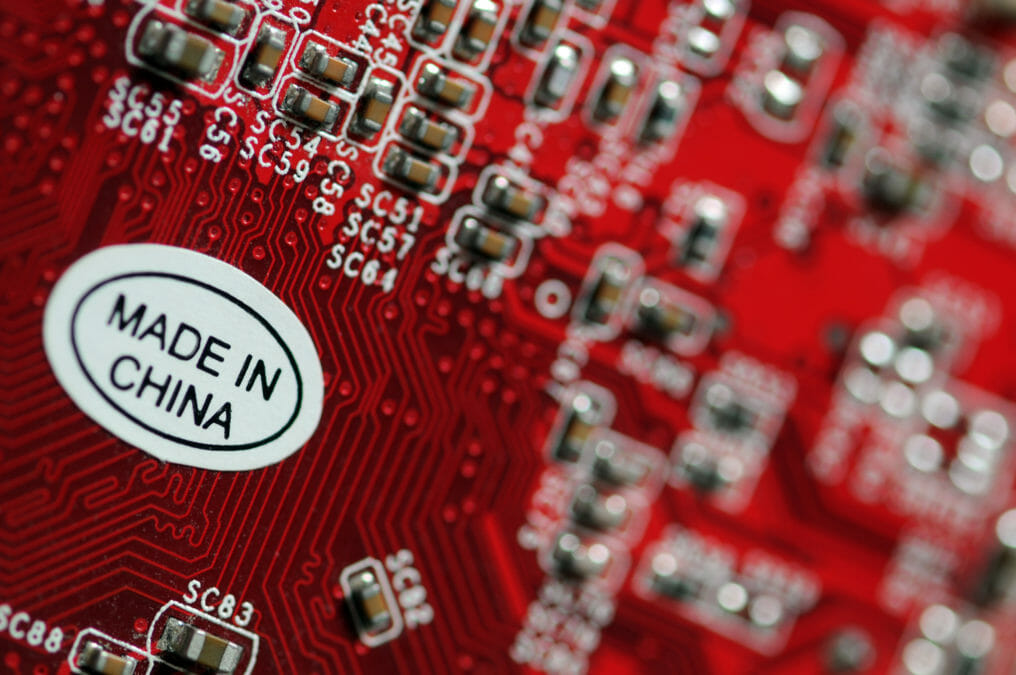The battle to control the world's biggest mobile phone market is intensifying as Beijing administrators prepare to recommend which one of the three main third-generation (3G) standards they want domestic operators to use.
Europe, whose suppliers already have a significant presence in China, is hoping that China opts for W-CDMA (also known as UMTS), to give manufacturers such as Ericsson, Nokia and Philips and operators such as Vodafone and T-Mobile the best chance to dominate the future of the global mobile market. The other contenders are a US-favoured system and a proprietary technology developed by Siemens of Germany and Chinese government researchers.
In April 2002, European commissioner Erkki Liikanen told Chinese administrators that he hoped the country would follow Europe's lead and adopt W-CDMA to guarantee compatibility between networks. Significantly, his views were welcomed by the Chinese operator community, many of whose members have said they would prefer to use the European system.
Equally encouraging is the fact that China ceded to European pressure to adopt GSM, the preferred second-generation wireless technology in Europe, in the mid-1990s.
The first 3G services in China are expected to be available from 2004. Although there are already 161 million mobile phone users in the country, this figure only translates to a penetration rate of about 12%. The award of the 2008 Olympics to Beijing is also expected to boost network investment.
Total outlay on Chinese 3G networks is expected to be of the order of €30 billion, representing a huge opportunity for Europe's embattled telecoms sector.






